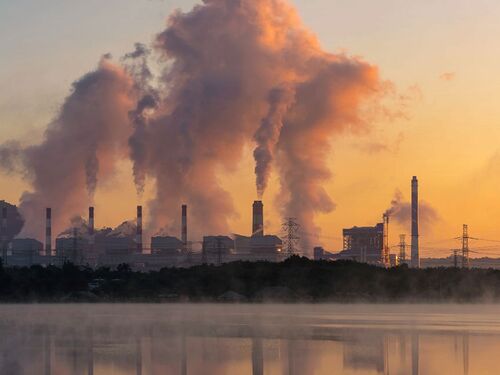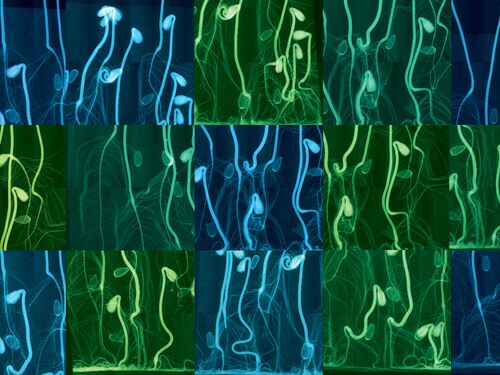Are humans causing global warming?
Based on Science
Natural changes in the Sun and Earth cannot explain today’s global warming. Human activities are causing Earth to heat up in ways that are different from warm periods in the past.
Last update August 5, 2019
Earth is getting hotter.
Since 1900, the average surface air temperature has risen 1.8 degrees Fahrenheit (1 degree Celsius). The steepest rise began in the 1970s and continues today.
We know this warming is happening because we have measurements of temperature from weather stations. In some places, recorded temperature measurements go back to the 1880s. Estimates of temperature changes in the further past are made from tree rings and ice cores. Today, surface temperatures are monitored at thousands of places, over both land and oceans.
An increase of 1.8 degrees Fahrenheit may not sound like a lot. On average, Earth is only 7 to 9 degrees Fahrenheit warmer today than it was during the last ice age. The recent increase in average temperature of only a couple degrees is already leading to global changes in precipitation, snow and ice extent, and extreme weather, such as heavy rains, heat waves, and severe storms.
Today, Earth is warming at a much faster rate than it warmed over the 7,000 years since the last ice age. If the current rate of warming isn’t slowed, Earth’s temperature is on track to increase by an additional 7 degrees Fahrenheit or more by the year 2100. That means that Earth will get hotter over the course of a few decades rather than over a few thousand years.
Today’s climate change is driven by human activities.
Scientists know that the warming climate is caused by human activities because:
They understand how heat-trapping gases like carbon dioxide work in the atmosphere
They know why those gases are increasing in the atmosphere
They have ruled out other possible explanations
Human activities have increased the abundance of heat-trapping gases in the atmosphere. This increase is mostly due to burning fossil fuels, such as coal, oil, and natural gas. Carbon dioxide has increased from a pre-industrial level of 280 parts per million to more than 410 parts per million today. Most of the increase of carbon dioxide in the atmosphere has occurred since the late 1950s. In Earth’s distant past, it would take between 5,000 to 20,000 years to see the amount of change in carbon dioxide levels that humans have caused in just the last 60 years.
Natural changes cannot explain today’s global warming.
It is true that Earth has cycled through many ice ages and warm periods in the past. Those past events have been driven by natural changes such as:
Variations in Earth’s orbit around the Sun
Solar activity cycles that produce regular shifts in the amount of energy the Sun releases
Volcanic eruptions that eject dust and gas into the atmosphere, which shade the planet from the Sun’s rays
Variations in the amount of water vapor in the atmosphere
Scientists can measure these natural changes. The warm periods that regularly occurred between the ice ages of the past million years or so can be explained by natural changes, but measurements of those changes today cannot explain the current levels of warming that we are experiencing.
The rapid warming we are experiencing today can only be explained by increasing amounts of carbon dioxide and other heat-trapping gases in the atmosphere. The link between carbon dioxide in the atmosphere and rising global temperatures has been clear to scientists since the 1850s. Measurements show that there is more carbon dioxide in the atmosphere today than at any other time in the past 1 million years—that is, since the dawn of humankind.
ADDITIONAL RESOURCES
Intergovernmental Panel on Climate Change – Synthesis Report of the 5th Assessment Report (2014)
Intergovernmental Panel on Climate Change – Climate Change 2021: The Physical Science Basis (2021)
National Academy of Sciences and The Royal Society – Climate Change: Evidence & Causes (2020)
National Academies of Sciences, Engineering, and Medicine – Earth Sciences | Topic
National Academies of Sciences, Engineering, and Medicine – Energy and Energy Conservation | Topic
The Science Behind It: Climate Change - National Academy of Sciences
U.S. Global Change Research Program – Fourth National Climate Assessment (2018)
U.S. Global Change Research Program – Climate Science Special Report (2017)




